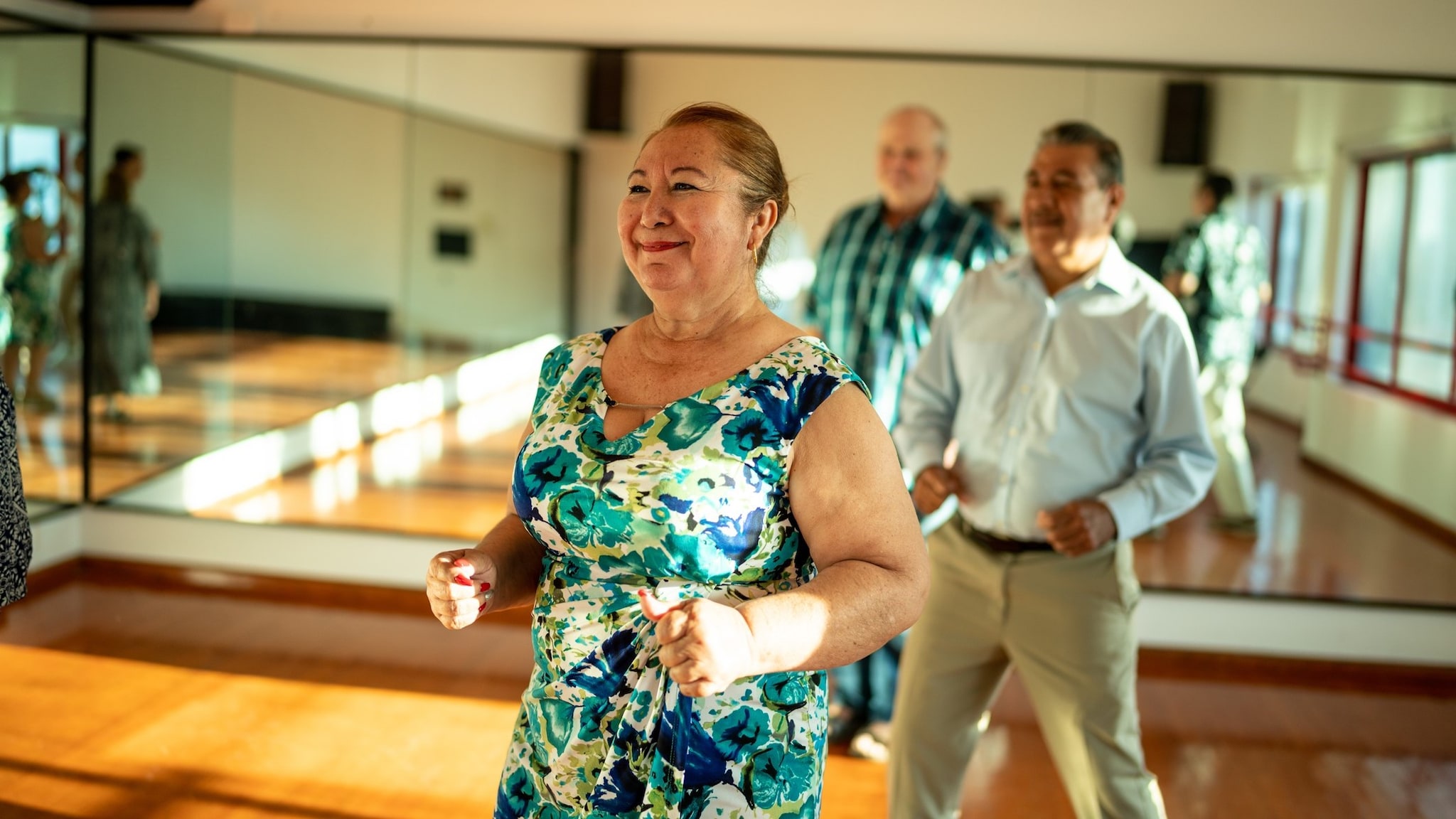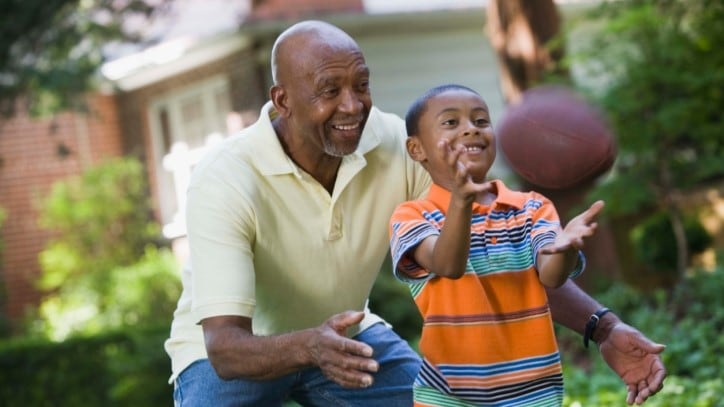Key points
- Adults 65 and older need a mix of activities each week to keep their bodies strong.
- Regular physical activity can help older adults live independently, have a better quality of life, and prevent or manage chronic disease.
- Learn more about how you can add physical activity to your life.

Recommended weekly physical activity
Every week, adults 65 and older need physical activities that include:
- At least 150 minutes (for example, 30 minutes a day on 5 days a week, or 22 minutes a day) of moderate-intensity aerobic activity, such as brisk walking. Or 75 minutes a week of vigorous-intensity aerobic activity, such as hiking, jogging, or running. Or this can be an equivalent mix of moderate- and vigorous-intensity aerobic activity.
- At least 2 days of activities that strengthen muscles.
- Activities to improve balance, such as standing on one foot.
Learn what counts and see examples of how to fit this into a week.
Tips for being physically active
- Try to do a variety of activities. This can make physical activity more enjoyable and reduce your risk of injury.
- Even if it's hard to do some types of activities, such as climbing stairs or walking, you can safely do other types of physical activity. Try airplane stretches and chair or desk exercises to start.
- Lots of activities count, even things like mowing the lawn or carrying groceries, and it all adds up. Find what works for you.
- If you take a break from your regular activity due to an illness or travel, start again at a lower level and slowly work back up to your usual level of activity.
- If it is too hot, cold, or wet to be outside, try walking in a mall or look for an online fitness program you can do at home.
- If losing weight is your goal, you may need to reduce the number of calories you eat and do more than the recommended amounts of physical activity.

What if you have a chronic condition?
If you have a health condition, such as arthritis, diabetes, or heart disease, it doesn't mean you can't be active. Regular physical activity can improve your quality of life and even reduce your risk of developing other conditions.
Ask your doctor if your health condition limits your ability to be active in any way. Then, work with your doctor to come up with a physical activity plan that matches your abilities.
If your condition stops you from meeting the minimum recommended activity levels, try to do as much as you can. What's important is that you avoid being inactive.
What if you have a disability?
Regular physical activity provides people with disabilities important health benefits, such as a stronger heart, lungs, and muscles; improved brain health; and a better ability to do everyday tasks. Talk with your doctor before you begin a physical activity routine. A professional with experience in physical activity and disabilities can tell you more about the amounts and types of physical activity appropriate for you.
Other reasons to check with your doctor
Doing physical activity that requires moderate effort is safe for most people. But if you have been inactive, are overweight, or have concerns, talk to your doctor before starting vigorous-intensity physical activity, such as jogging.
Resources
Physical Activity Guidelines for Americans Midcourse Report: Implementation Strategies for Older Adults: Strategies to increase physical activity among older adults.

Want additional tips and resources to be active?
Learn about Active People, Healthy NationSM, CDC’s national initiative to help people be more physically active.
